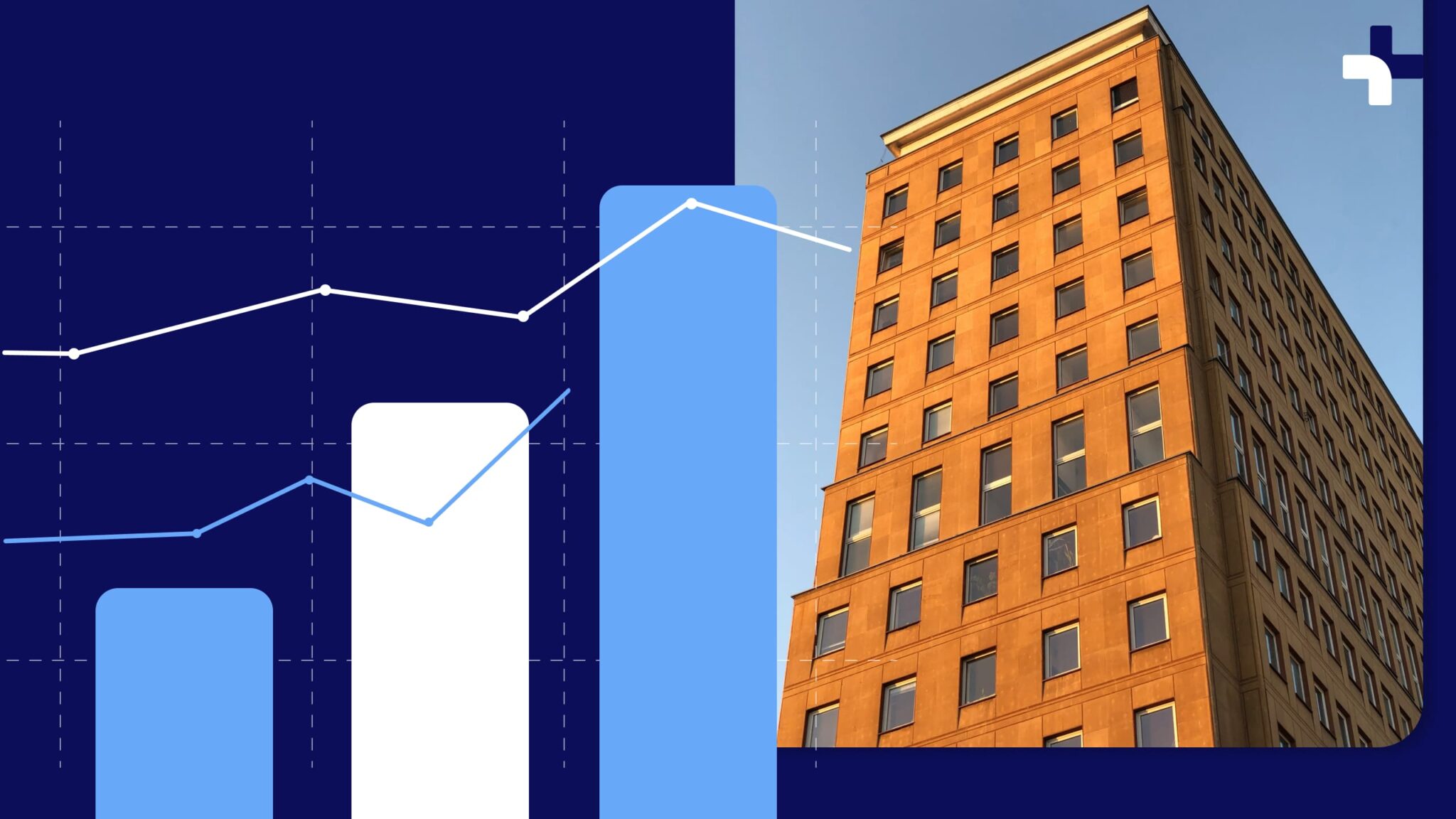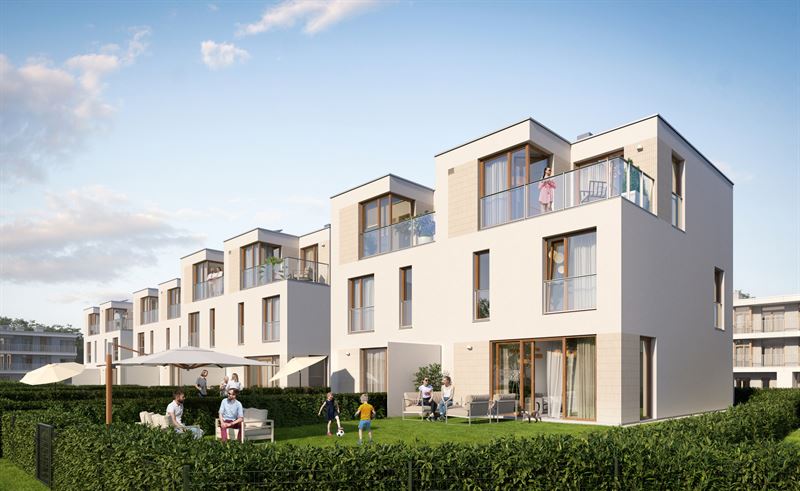
In 2025, the Polish real estate market is set for a pivotal year. Prices are stabilizing, government policies are evolving, and buyer behaviors are shifting. Recent years of rapid price increases and volatility have given way to a more cautious market. The costs of construction are rising for developers, and buyers are finding properties unaffordable. New policies, economic adjustments, and changing demand will shape the sector’s future.

Rising construction costs and higher taxes may offset the benefits of housing credit programs.
Slower GDP growth and potential recession fears could impact buyer confidence.
Developers are cautious about launching new projects due to high costs and uncertain demand.
The evolving market landscape in 2025 offers several opportunities for developers to innovate and align with new consumer demands.
One of the key areas for growth lies in affordable housing. As buyers increasingly prioritize cost-efficient options, developers have the chance to cater to this demand by creating high-quality, budget-friendly properties. Suburban areas near major cities such as Warsaw, Kraków, and Wrocław present untapped potential due to their affordability and the ongoing trend of remote work.
Sustainability is another critical opportunity. Developers who invest in energy-efficient technologies and green building practices can not only meet regulatory requirements but also attract environmentally conscious buyers. Projects like energy-efficient residential complexes in Mokotów demonstrate the competitive edge such initiatives can provide.
Mixed-use developments are also becoming increasingly popular. These projects, which integrate residential, commercial, and recreational spaces, appeal to modern urban buyers looking for convenience and connectivity. Developers focusing on such integrated communities may find greater long-term success in both urban and suburban areas.
Lastly, the logistics and industrial sectors remain robust due to the ongoing growth of e-commerce. Developers with expertise in constructing modern warehouses or logistics hubs can capitalize on Poland’s strategic location and its role as a key transit point in Europe. The demand for such spaces is expected to remain high, driven by global supply chain demands.
Poland’s real estate market in 2025 is entering a phase of balance, marked by steady prices and evolving opportunities. Developers can take advantage of growing demand for affordable housing, particularly in suburban areas, and sustainable buildings to attract environmentally conscious buyers. The logistics sector remains a robust investment area, supported by Poland’s role in European trade. Despite economic pressures, developers focusing on innovation and market-aligned strategies can secure a competitive edge.